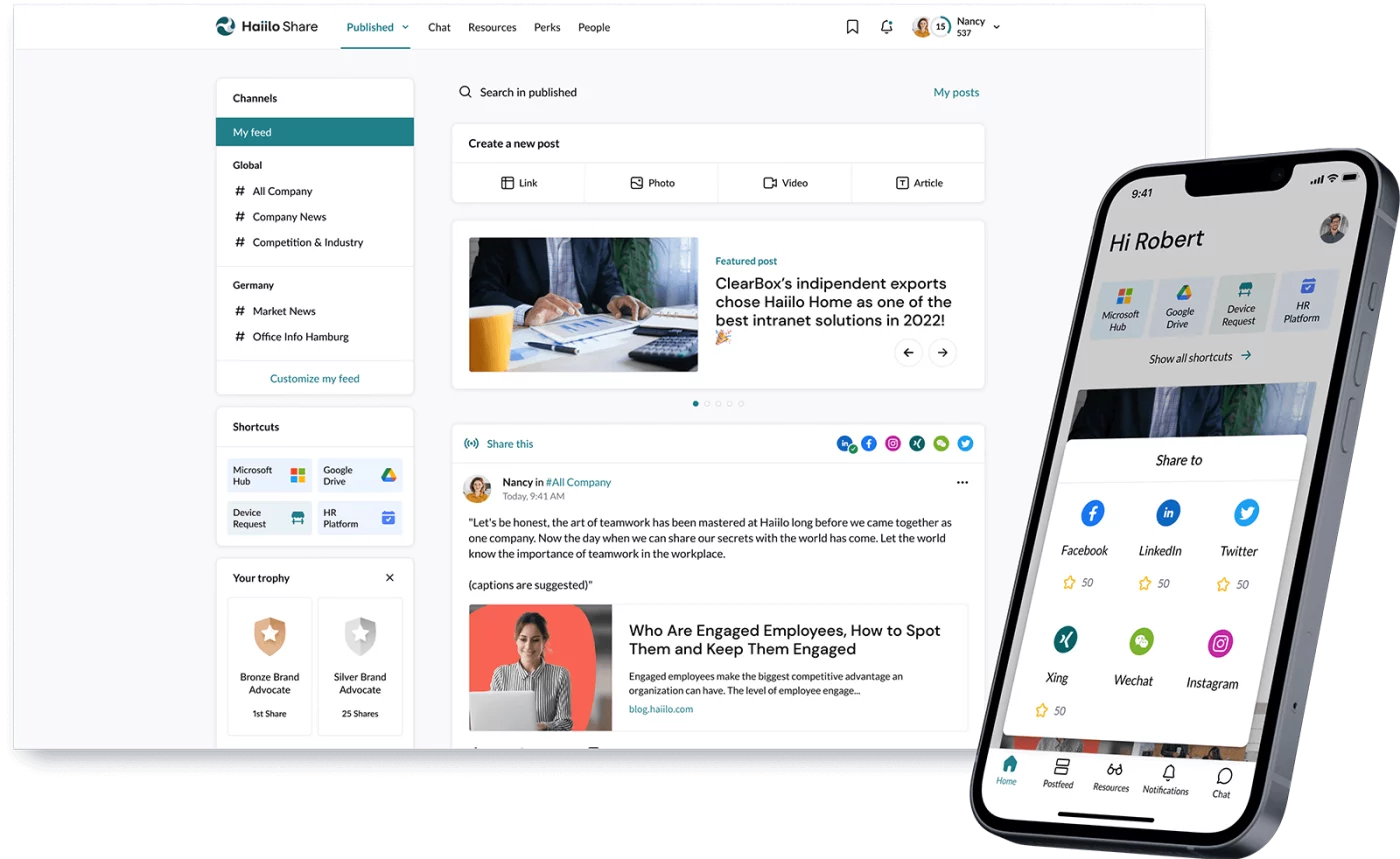Advocacy marketing is one of the most powerful marketing strategies. Organizations across the world have started realizing the benefits of having brand ambassadors, which is why advocacy programs are becoming a must-have marketing tactic.
In this blog, we will go over the definition and benefits of advocacy marketing. We will also cover the best practices for implementing and managing a successful advocacy marketing program.
📚 Before we move forward, check our eBook on “How to Succeed in Social Selling with Employee Advocacy”.
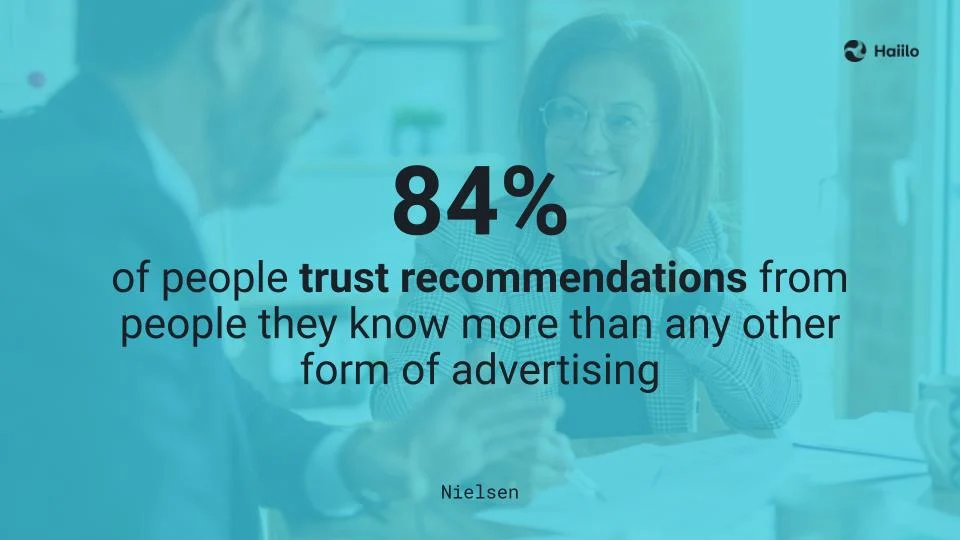
What is Advocacy Marketing
Advocacy marketing is defined as a marketing strategy that emphasizes getting various stakeholders such as employees, customers, contractors, and other partners to talk about the company, its products, and services with or to their existing networks.
Advocacy marketing is particularly beneficial within large organizations with many stakeholders. Engaging these stakeholders in marketing activities can go a long way in driving better business results such as:
- Driving more brand awareness
- Driving more website visitors
- Generating more high-quality leads
- Increasing sales
- Improving employer brand and building pools of qualified talent
Let’s now take a look into some specific reasons why advocacy marketing can be the most powerful marketing strategy.
💡 Related: 7 Things to Look for in a LinkedIn Elevate Replacement
The Rising Popularity of Advocacy Marketing
Advocacy marketing has been a hot topic among marketers for a while now. However, 2020 made it more attractive than ever before.
Remote work and social distancing restrictions caused people to spend more time on social media platforms.
In their study of how the Coronavirus pandemic has been influencing people’s digital behaviors, Global Web Index has found that more than 40% of internet users have been spending more time using social media in recent months.

Based on those figures from Q1 2020, the combined time that the world spends using social media now adds up to more than 1 million years every day.
Shocking isn’t it?
As a consequence, companies are trying to find ways to better leverage social media in their sales and marketing activities, and advocacy marketing is the most logical way to go!
💡 Related: Why Employee Advocacy Should Be in Every Job Description
Why Advocacy Marketing Is so Powerful
As mentioned earlier, advocacy marketing is an important marketing tactic that every organization should implement.
Did you know that, on average, brands see a 650% ROI for every dollar invested in advocacy marketing?
Therefore, this method is one of the most effective ways to attract new customers and increase revenue at a very low cost.
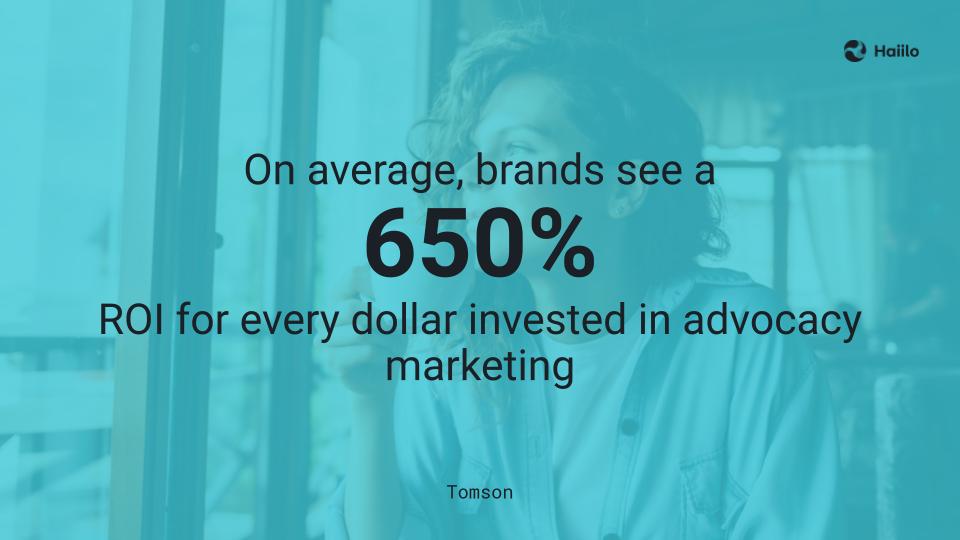
💡 Related: The benefits of having your own employees as brand advocates.
Let’s now take a look into some specific reasons why every company should invest in advocacy marketing.
Trust
According to Nielsen, 92% of consumers from various markets are more inclined to believe people who are in their circles than direct messaging from a brand, and only a third of consumers say they trust traditional ads.
Today, people are overwhelmed with information overload, and they often don’t know if this information is credible. However, when information comes from someone they know, the tendency to trust the information increase exponentially.
Reach
Today, social media is an important piece of every marketing strategy. With the rise of social media consumption, word-of-mouth recommendations travel further than ever before.
Let’s prove that with a real-life scenario.
If the average social media user is connected with approximately 400 friends, they have the potential to reach 400 others.
Therefore, if your organization has:
- 10 advocates, they could reach 4,000 people
- 1,000 advocates, they could reach 400,000 people
- 10,000 advocates, they could reach 4,000,000 people
Impressive isn’t it?
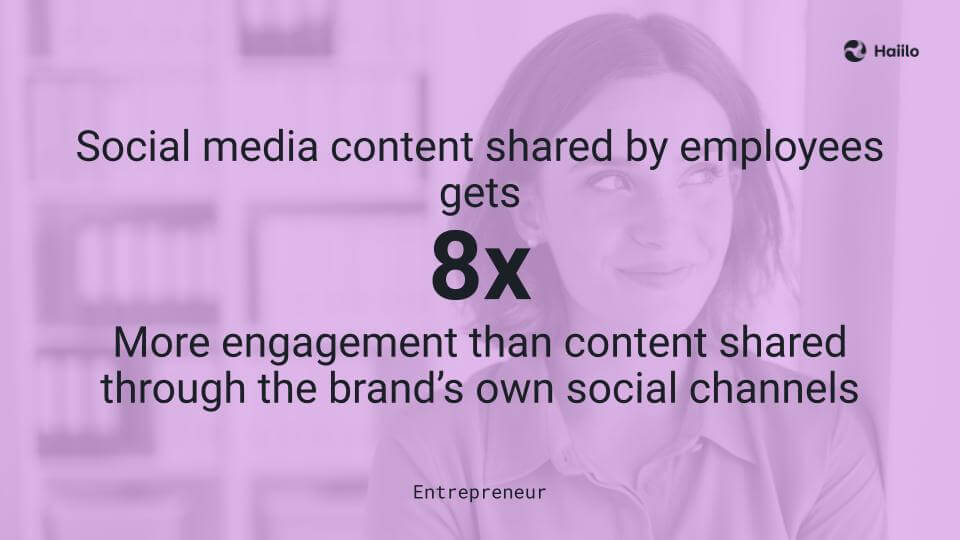
Social selling
For many organizations, social selling is the most effective sales strategies. Moreover, organizations that manage to engage their employees in social selling activities see much better results.
To prove this point, here are a few powerful statistics by OptiMoster:
- 78% of salespeople engaged in social selling are outselling their peers who aren’t.
- A full 71% of all sales professionals and 90% of top salespeople are already using social selling tools.
- 63% of Millennials who use social selling tools say social selling is crucial for their business.
- Social sellers are 51% more likely to achieve sales quotas.
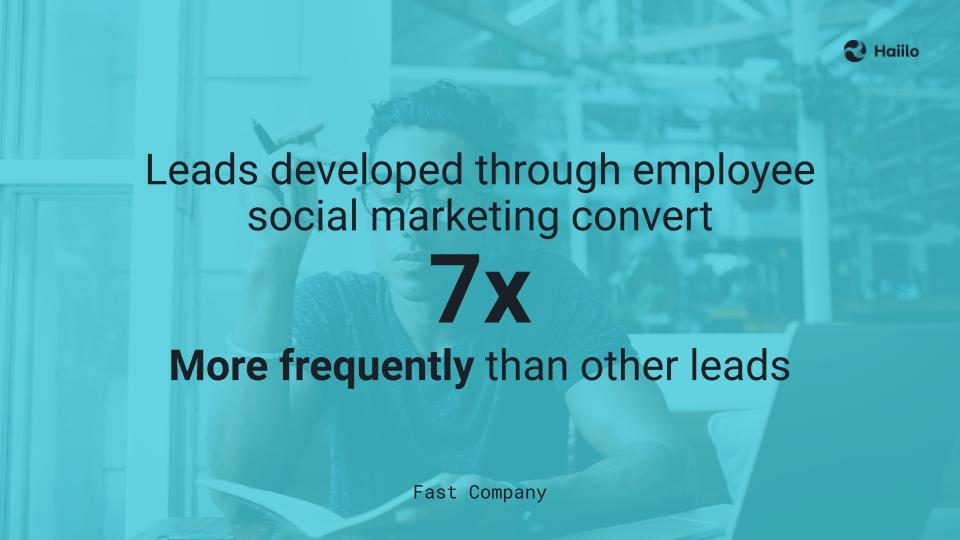
Thought leadership
Employers who encourage advocacy marketing in their organizations are more likely to build credibility among prospects. They do so by empowering their stakeholders to become thought leaders in the industry.
When your employees in marketing, sales, and other departments regularly engage on social media, not only they can boost your brand’s awareness, but they can also strengthen their personal brand and drive credibility among their followers.
Not convinced?
According to the previously mentioned research, 92% of B2B buyers are willing to engage with a sales professional who is a known industry thought leader.
💡 Related: What Are The Top Leadership Skills That Make a Great Leader?
Customer loyalty
Not only word-of-mouth marketing increases trust and brand awareness, but it is also a great strategy for retaining existing customers and building a base of loyal customers.
According to Business to Community, customers referred by other customers have a 37% higher retention rate.
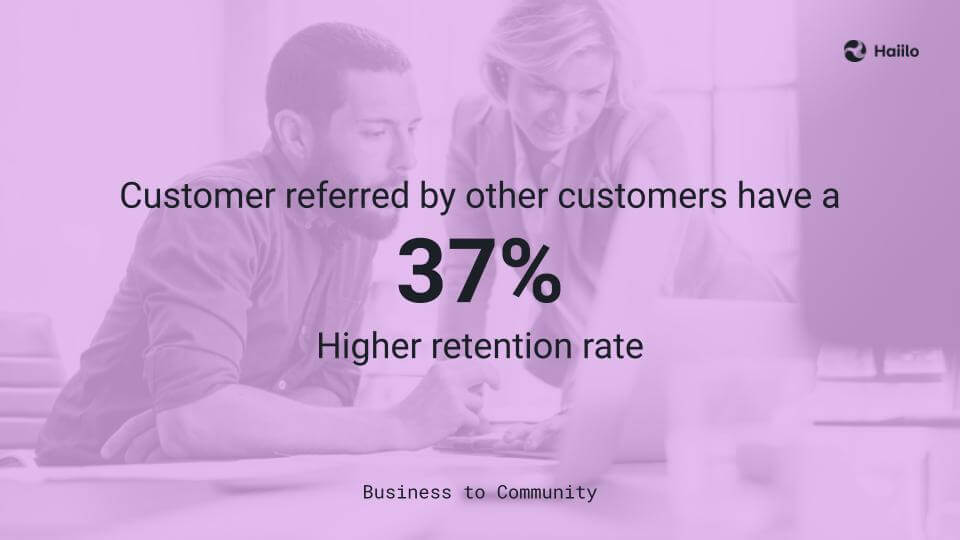
Revenue
Previously mentioned statistics are great proof of the ROI of advocacy marketing. However, as most organizations mostly care about the ultimate revenue growth when it comes to implementing new initiatives, let’s prove this point even further.
Great research on the statistical argument for advocacy marketing proved that a 12% increase in advocacy generates a 2x increase in revenue growth rate. Moreover, marketing-induced consumer-to-consumer word of mouth generates more than 2X the sales of paid advertising.
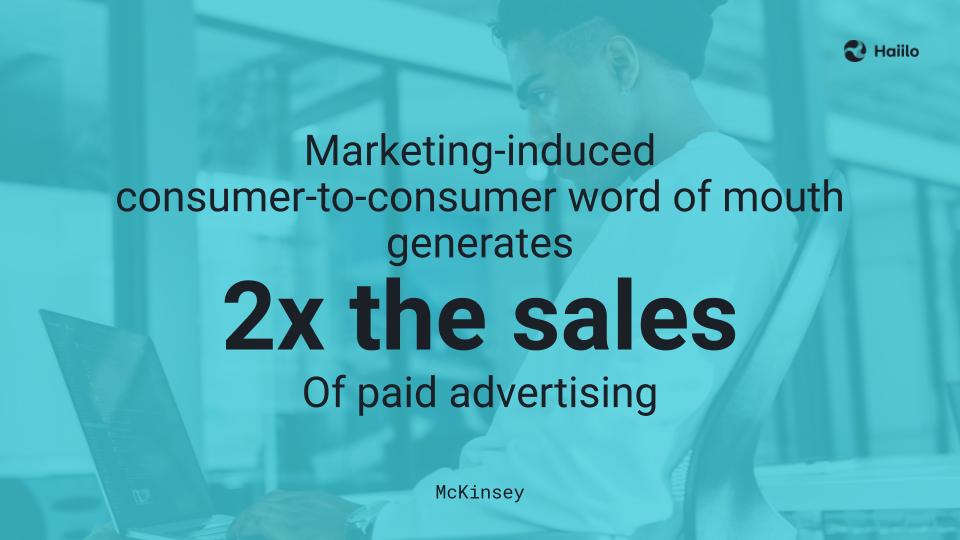
Hopefully, by now you have realized the real benefits of advocacy marketing.
Now let’s dig deeper into how organizations can drive advocacy among their stakeholders, employees being one of the most important ones.
How to Drive Advocacy Marketing In Your Organization
Most organizations are aiming to leverage the power of advocacy marketing to achieve better business results. However, advocacy marketing and brand ambassadorship programs need to be clear, well-structured, and they have to be effectively communicated to the stakeholders.
Even though many stakeholders have great potential to be advocates, organizations still don’t know how to enable them to become ones.
Similar to any change management project, new employee advocacy programs need to have a clear strategy around how the project will be planned, implemented, managed, and monitored.
In the next section, we will cover a set of rules that most successful advocacy marketing follows.
But before we move forward, check out our webinar: 5 Lessons From Managing Billion Dollar Employee Advocacy Programs.
Get the leaders on board
Before implementing a new advocacy initiative, the responsible departments first needs to sell their idea internally. The best way to do so is by proving and presenting the ROI of brand advocacy.
Without leadership’s buy-in and trust, new projects are usually destined for failure.
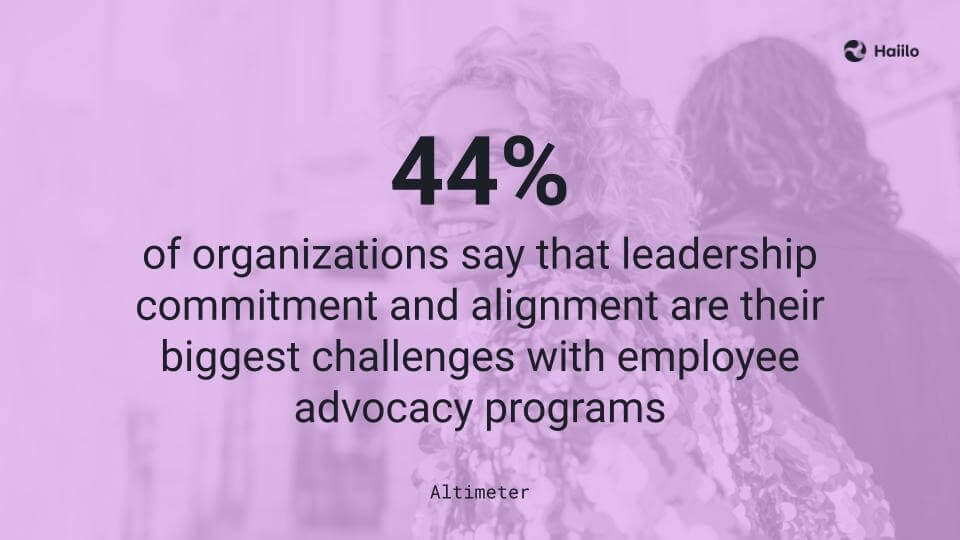
Appoint the right person to lead the program
Marketing departments are usually the ones responsible for implementing and managing advocacy programs in organizations.
Mostly, these professionals belong to an organization’s marketing and social media teams who understand the power of social media and word-of-mouth in driving more brand awareness and sales.
Additionally, these individuals must possess excellent communication skills.
When it comes to advocacy programs, these professionals’ responsibilities include:
- Developing a content calendar plan
- Defining advocates who have the potential to achieve the best results
- Training the stakeholders about how to be successful in advocating
- Creating a calendar of important company milestones or campaigns
- Continuously tracking and measuring the success of advocacy programs
- Making adjustment based on real data and insights
Communicate the benefits of advocacy marketing
In order to get employees and other stakeholders to become advocates, it is crucial that program admins clearly communicate, using the right communication channels, the benefits of advocacy for the organization.
Based on the existing case studies around advocacy marketing, it can be pretty easy to present how advocacy can enable staff in marketing and sales to reach their KPIs.
Additionally, it is extremely important to communicate the benefits of advocacy for individuals. Hinge Marketing has identified those benefits for employees who act as brand ambassadors.

Set clear goals, policies, and procedures
In order to drive continuous engagement with your advocacy programs, it is important to have a clear set of goals and procedures to follow.
Many employees want to be your brand advocates, but they don’t know how. Therefore, having a clear social media policy is one of the most important prerequisites for every successful advocacy program.
Additionally, you should define a set of ultimate goals you are trying to achieve. This way, your advocates will know exactly what they are expected to do, and they will be much more efficient in working towards achieving those goals.
Some of the advocacy marketing goals can include:
- Increase reach on social media by X%
- Increase traffic to the website by X%
- Increase the number of closed-won deals by X%
- Reduce time to close a deal by X%
Find the right advocates
One of the hardest steps in every new advocacy marketing initiative is defining who could be a good advocate. Organizations often don’t have access to the right data and technology to identify those individuals.
Those that use the right advocacy tools have the ability to pinpoint individuals who are already active on social media, who like sharing company updates with their existing networks, and who are generating high engagement from their followers on social media.
Being data-driven and finding the best advocates based on real numbers is often what separates successful advocacy programs from those that are not so successful.
When it comes to customers, the best way to find your advocates is by tracking Net Promotor Scores (NPS). Customers with high NPS are the ones you should consider as your brand advocates!
💡 Related: How to: Business Success through Employee Advocacy
Implement a customer referral program
Customer referrals are one of the most powerful marketing and sales tactics out there. Many organizations have programs in which they offer special benefits or rewards to their existing customers who refer new clients.
When the marketing department manages a referral program, companies have a three times higher chance to achieving their revenue goals.
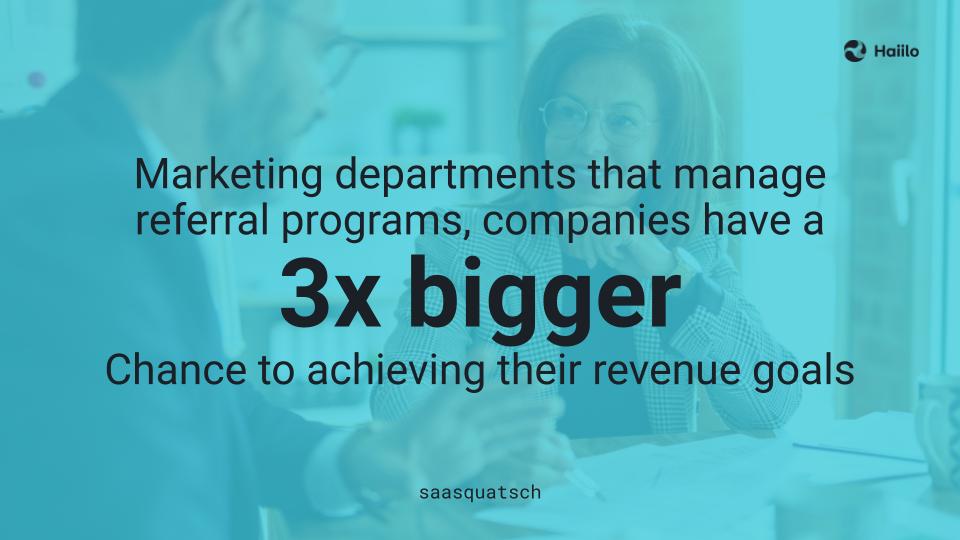
However, it is important to remember that great customer experience is the ultimate prerequisite for managing successful customer referral programs.
Showcase your customers’ stories on marketing and sales materials
As your customer’s words worth much more than your own brand’s, it is important to amplify your customers’ experience stories in different marketing and sales channels such as:
- Customer success stories on your website
- Customer testimonials on your website
- YouTube videos with customers’ testimonials or short interviews
- Customer case studies in your sales presentation decks
- Including existing customers in your product demos with new prospects
- Sharing customers’ stories on social media
Encourage customers to review your products and services
Review sites such as G2Crowd, Capterra, GetApp, Amazon, eBay and other e-commerce sites are considered as some of the most trusted sources of information for new customers.
Collecting great reviews and references is important because it proves the value of your products and services based on the existing customers’ experience. According to Fan & Fuel, 94% of online customers read reviews before making any purchasing decisions.
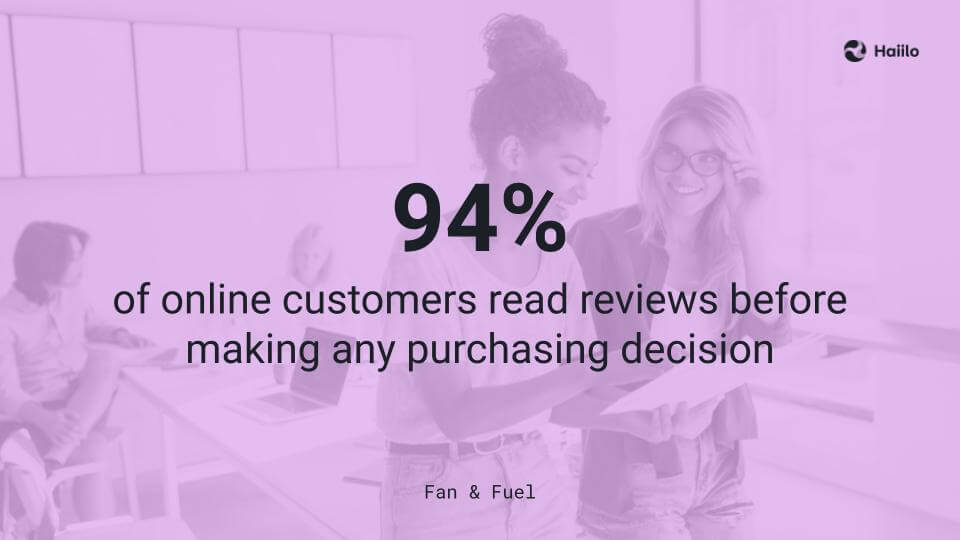
Moreover, such type of social proof can boost your other marketing efforts such as SEO rankings and positioning on Google search results. This is especially true for local business because reviews appear to be the most prominent ranking factor in local search.
Make it easy for stakeholders to advocate
If you want to encourage employees and other stakeholders to be your advocates, it is important to make their job as advocates easy, fun, and rewarding.
They should be able to amplify your brand messages in a matter of seconds. They shouldn’t have to search for content to be shared with their networks. Rather, this content should find them!
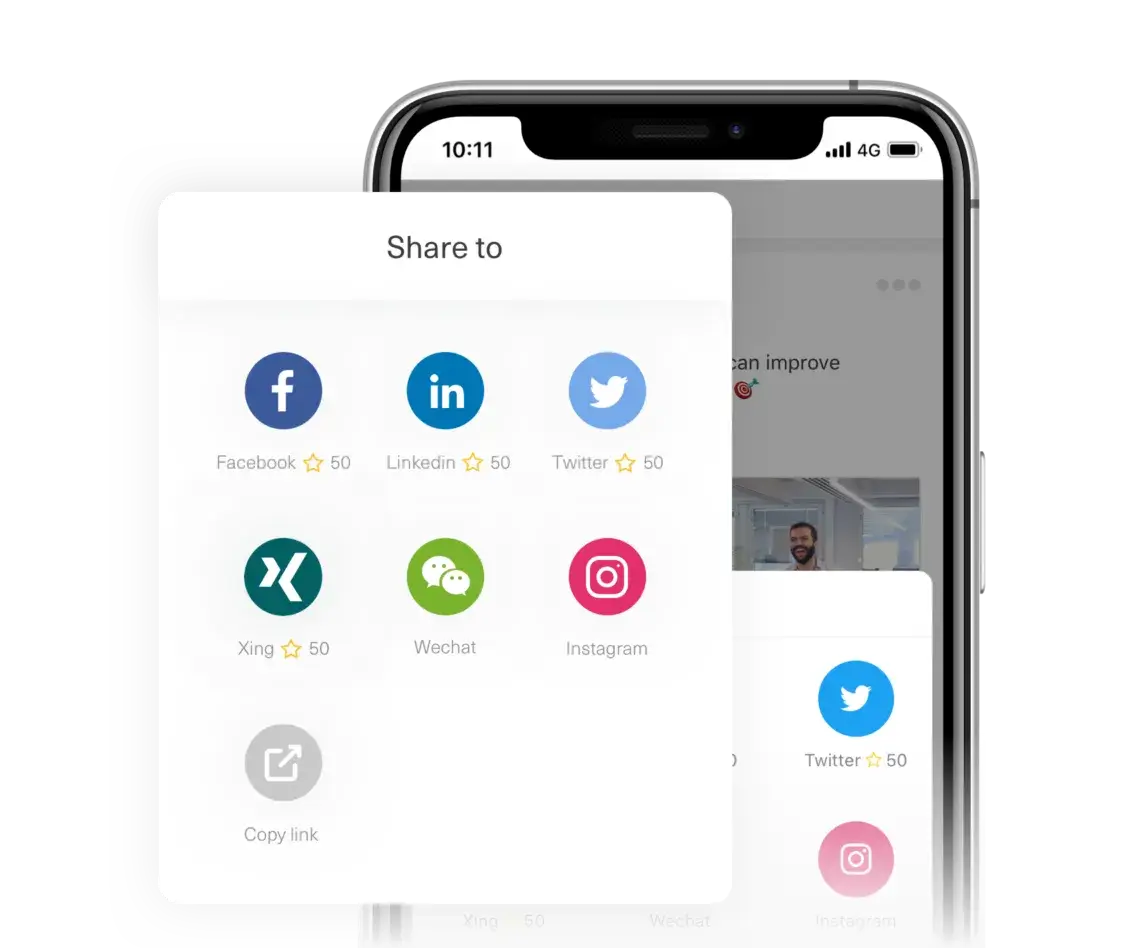
Moreover, advocates shouldn’t be the ones worrying about when and what to advocate. The program admins should be the ones making advocacy as smooth and as productive as possible. They should create and distribute content that both internal and external advocates can share with minimal time investment.
Yet, due to the lack of the right technology, a lot of information within large organizations often gets lost.
Measure the success of advocacy marketing
In order to tie advocacy marketing efforts to the previously defined goals, it is important to measure the success of advocacy initiatives.
However, many organizations still don’t have an easy way to measure the benefits of their advocacy marketing efforts.
Below, you can see some of the most important advocacy metrics that Hinge Marketing identified in their comprehensive research.
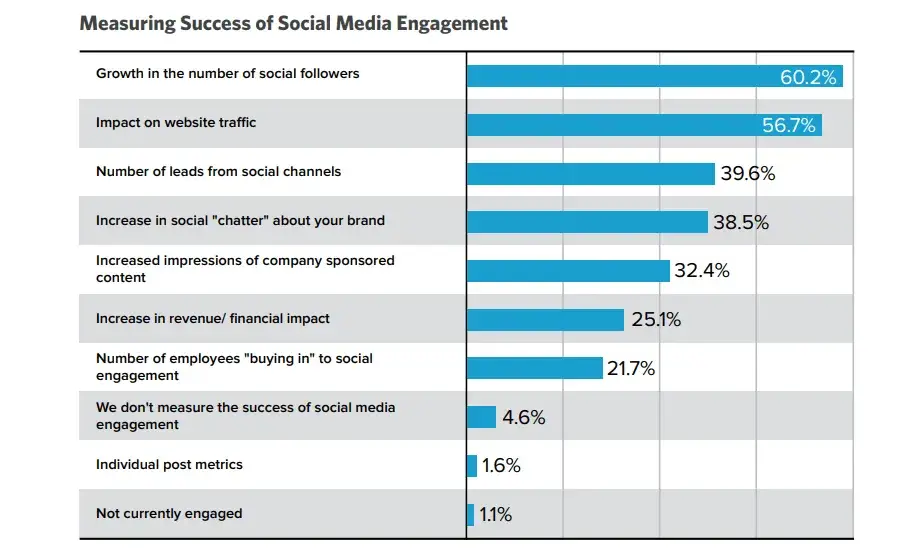
Recognize and reward advocates’ effort
Advocacy programs should be rewarding and gamified, and they should be aligned with your core corporate values. A touch of gamification and a healthy competition in your advocacy program can go a long way in motivating your advocates to give their best.
Those who do achieve the best results should be acknowledged, appreciated, and rewarded for their efforts. These acts of appreciation are the best way to reinforce desired behaviors and actions.
Taking Your Advocacy Marketing Efforts to the Next Level
Without the right set of expertise, commitment, and technology, implementing and managing a successful advocacy marketing program can be a tall order for organizations.
As mentioned earlier, including your own employees in your advocacy marketing strategy can be the most powerful way to experience the highest possible ROI of advocacy.
However, many organizations are still unsure about how to drive employee advocacy in the workplace.
These are some of the challenges most of them face.
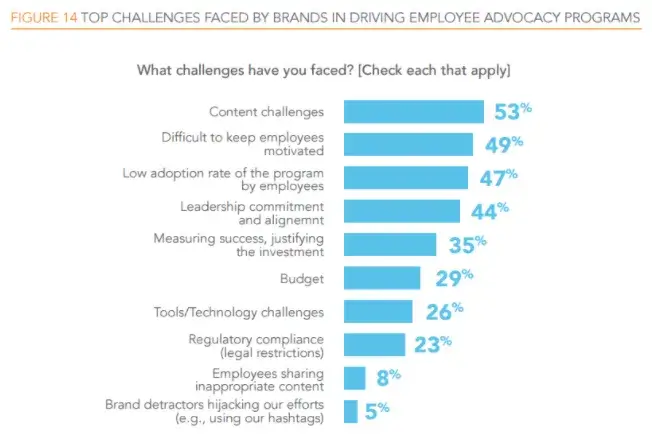
Robust, comprehensive, and intuitive advocacy tools are the most powerful solutions for eliminating most of those challenges.
Solutions such as Haiilo’s employee advocacy solution empower organizations to:
- Send the right content to the right employees at the right time
- Make the content easily accessible and relevant to the advocates
- Empower advocates with one-click sharing features
- Enable advocates to schedule posts at optimal times
- Guarantee that the content and messages shared by ambassadors are compliant with company guidelines by managing the keywords in outgoing messages
- Drive employee-generated content
- Gamify the experience by showing how well the advocates stack up with their peers in driving traffic and engagement to the messages they share
- Understand which content creates the most buzz across the company or drill down in order to see the performance of regions, teams, and individuals
